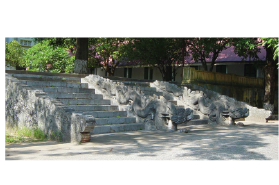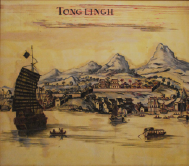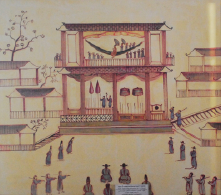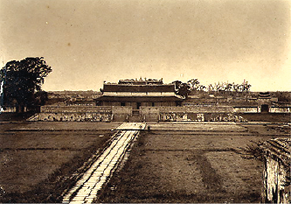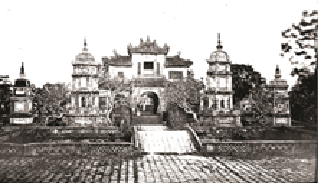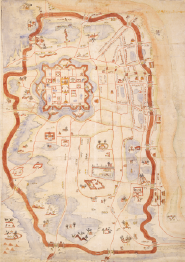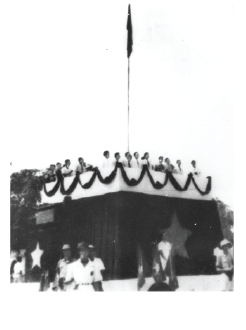The Trần dynasty
1226 - 1400
Official name: Đại Việt
Capital: Thăng Long; later the Capital was renamed Đông Đô (1397 - 1400)
The palace used for King's audiences: Thiên An palace
There was not much difference between the Imperial city in the Trần and the one in the Lý dynasty. However, based on the Lý dynasty’s achievements, the Kings of the Trần dynasty ordered the repairs of old palaces and construction of new royal palaces in the Imperial Citadel.
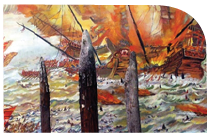
People and the army of Đại Việt, under the direction of Trần dynasty, managed to repel three Mongol invasions.

In 1243, on an order of Trần dynasty, Quốc Tử Giám (a royal school) was restored. In 1253, Quốc Học Academy was founded. In September of the same year, the Court issued an edict on the studying at the Accademy. According to the edict, students were allowed to attend lectures at the Academy.

